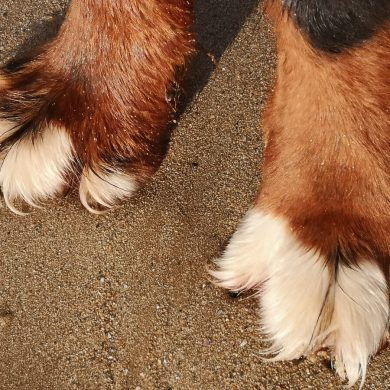Updated on 19 July 2023
Reading time: 3 minutes
The D-Day Landing Beaches in Normandy were the setting for Operation Overlord on 6 June 1944. It was a battleground and a place of slaughter. Today they are a place to enjoy, including with your dog. This is no more than what the veterans wanted and fought for – enjoying in freedom what had been taken away in 1940. Here are some guidelines…



